Located in the middle of the vast mountains and forests, the historical site of Ton Son Mo Xuan Base - Xuan An Commune, Yen Lap District is a place that marks revolutionary activities and preserves many historical stories of Ngu Phong General Ngo Quang Bich - the initiator of the Can Vuong movement against the French of our people in the late 19th century.

Temple of General Ngo Quang Bich at Ton Son Mo Xuan Base Relic.
General Ngo Quang Bich, nickname Ngu Phong, was born on April 8, Nham Thin year (1832) in Trinh Pho village, An Ninh commune, Tien Hai district, Thai Binh province. In 1861, he passed the bachelor's exam, but submitted a petition to stay home and open a school... Seeing that his hometown was flooded and had a bad harvest, he organized the digging of Su river, built Tam Dong sluice, brought water in for irrigation, and from then on had two good seasons (people praised him, and left the village fields to worship after his death).
In 1869, he passed the Dinh Nguyen Hoang Giap exam, successively holding the positions of: Cabinet Secretary in the Capital, Dien Khanh District Governor (Khanh Hoa), Lam Thao District Governor (Hung Hoa), Binh Dinh Inspector, Son Tay Inspector, National University Rector, was assigned by the King to review the "Viet Su Thong Giam Cuong Muc", Chief Envoy of the Mountain Room and also Hung Hoa Governor. He had the merit of recruiting Black Flag General Liu Yongfu to suppress bandits, then fought against the French, twice killing the enemy general in Cau Giay. During his time as an official, he was praised by the King as an "honest official" and called "Hoat Phat" by the people.

Mr. Dinh Hong Quan - member of the Relic Site Management Board introduces the bust of General Ngo Quang Bich made from a monolithic block of green stone.
In 1883, the court signed a treaty of surrender with France, summoning him back to the capital to take office. He returned the seal, determined to fight to the death to protect Hung Hoa citadel. The enemy sent two army corps with more than 7,000 soldiers, along with warships and cannons to attack. The citadel fell, he intended to commit suicide, but the soldiers opened a bloody path, retreated to Tien Dong, Cam Khe and raised the flag of uprising. Heroes and heroes everywhere gathered to join the uprising. More than a year later, when King Ham Nghi ascended the throne, he sent an envoy to confer the titles of Associate Professor, Minister of Rites, General of the Northern Military Affairs, and Marquis of Thuan Trung, with the authority of the civil service of Tham Tan, the military service of De Doc "lieu nghi luc dung" and sent him twice on diplomatic missions to ask for help. Although the mission failed because the Qing court had compromised with France, his diplomatic trips won the sympathy and support of the scholars of Southern China.
In November 1886, he decided to move the headquarters to Nghia Lo to expand the area with the intention of welcoming King Ham Nghi to the North. The enemy attacked Nghia Lo several times but failed miserably. In 1888, he retreated to Que Son, Yen Lap district, built a base at Ton Son Mo Xuan mountain, organized the battle in the year of Ky Suu when the enemy advanced deep into the base, annihilating more than 500 enemy troops and at the same time used it as a base to consolidate the long-term resistance movement.
During the 7 years (1883-1890) as the leader of the Can Vuong movement in Bac Ky, he gathered and united the people of all ethnic groups, knew how to rely on the mountains and forests to combine guerrilla warfare with "guerrilla warfare", the vast terrain of the People's War, and was assisted by many talented generals such as Tong Duy Tan, Tan Thuat, Bo Giap, De Kieu, Doc Ngu... causing the French army to go crazy many times...

Temple of General Ngo Quang Bich in Khe Chau, Xuan An commune, Yen Lap district.
In particular, although the time of operation in Yen Lap was only 2 years (1889-1890), the Ton Son Mo Xuan base marked a turning point, a lesson in building a defensive base for military training, consolidating the defense system and preparing weapons and provisions for the long-term plan to fight the French. Therefore, the Ton Son Mo Xuan base is one of the typical relics associated with the Can Vuong movement against the French in the Northwest highlands at the end of the 19th century led by General Ngo Quang Bich. With its historical and cultural values, in 2012 the Provincial People's Committee decided to rank the Ton Son Mo Xuan base as a provincial-level historical and cultural relic.
In recent years, to meet the needs of the people and tourists from all over the world to visit and burn incense for General Ngo Quang Bich, the Ton Son Mo Xuan Base Relic has been renovated, embellished to be spacious, beautiful and sacred with items such as: The temple area to worship General Ngo Quang Bich; his bust made of monolithic green stone donated by Dr. Ngo Quang Nam - Head of Vinh Phuc Department of Culture (formerly), the 5th generation descendant of the General and the temple to worship General Nguyen Quang Bich on the top of Ton Son mountain, Khe Chau. In particular, there is a rather special detail that from the temple to his bust there are a total of 58 stone steps, symbolizing his age.
In memory of the merits of General Ngo Quang Bich - who had great contributions in the Can Vuong movement against the French, the local government and people here not only regularly take care of and protect the relic site, but also always strive to carry out emulation movements well, building Xuan An commune to become increasingly rich and developed...
Vinh Ha
Source: https://baophutho.vn/ve-di-tich-can-cu-ton-son-mo-xuan-213574.htm


![[Photo] Prime Minister Pham Minh Chinh starts construction of vital highway through Thai Binh and Nam Dinh](https://vphoto.vietnam.vn/thumb/1200x675/vietnam/resource/IMAGE/2025/5/12/52d98584ccea4c8dbf7c7f7484433af5)
![[Photo] Prime Minister Pham Minh Chinh works with the Standing Committee of Thai Binh Provincial Party Committee](https://vphoto.vietnam.vn/thumb/1200x675/vietnam/resource/IMAGE/2025/5/12/f514ab990c544e05a446f77bba59c7d1)
![[Photo] Buddha's Birthday 2025: Honoring the message of love, wisdom, and tolerance](https://vphoto.vietnam.vn/thumb/1200x675/vietnam/resource/IMAGE/2025/5/12/8cd2a70beb264374b41fc5d36add6c3d)





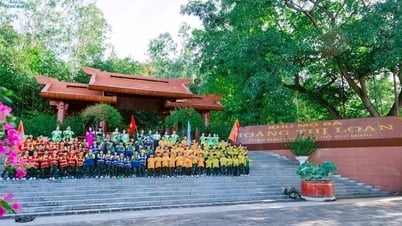

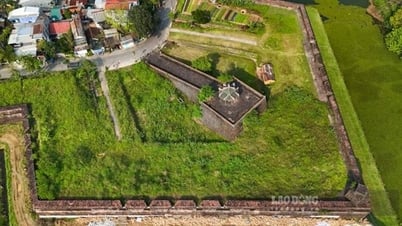

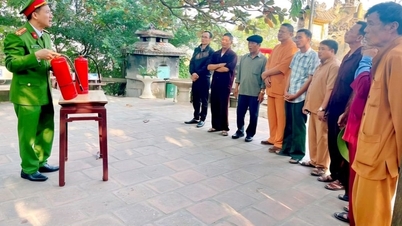
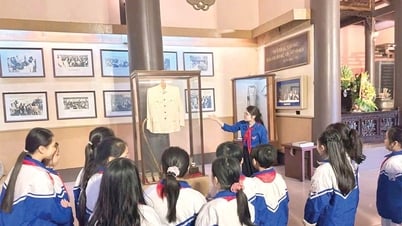

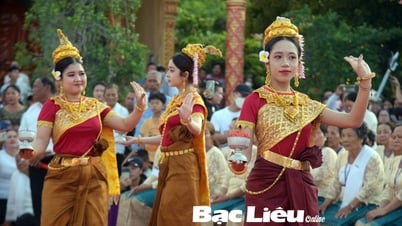
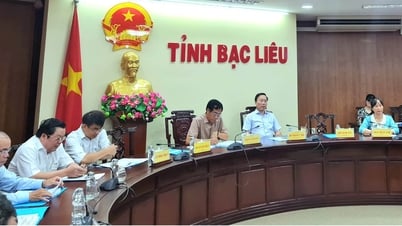
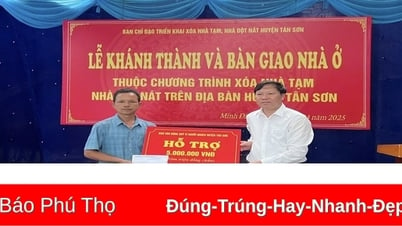
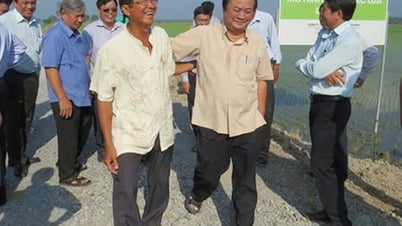
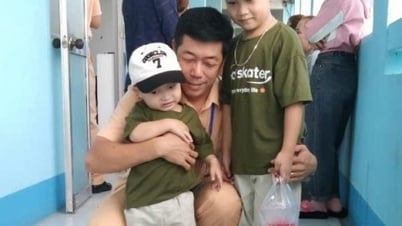
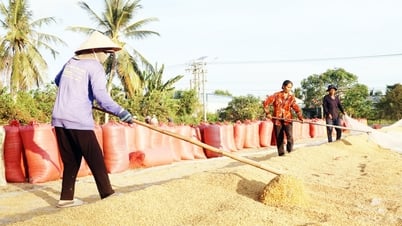




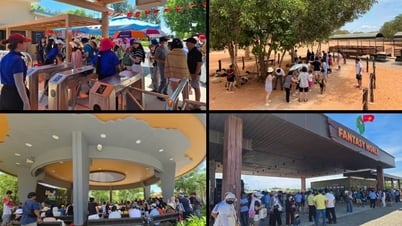

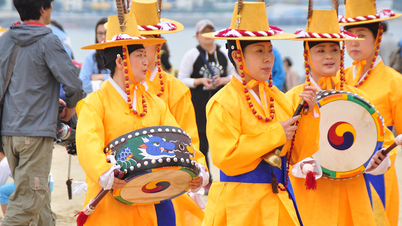
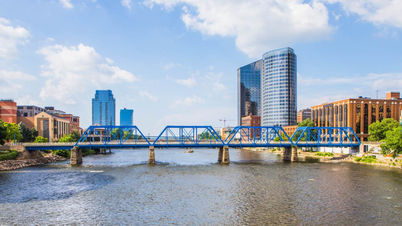















































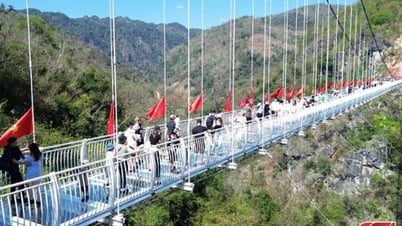

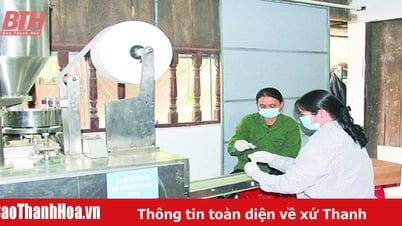

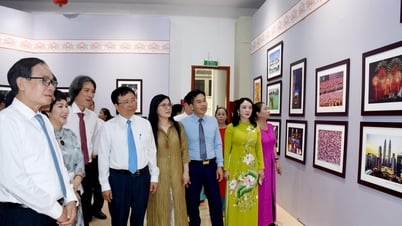

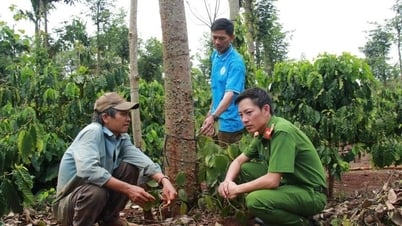

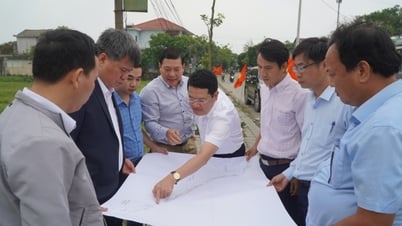

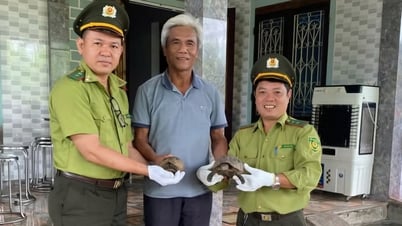
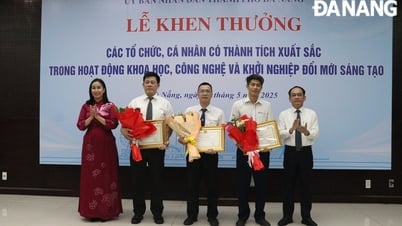











Comment (0)